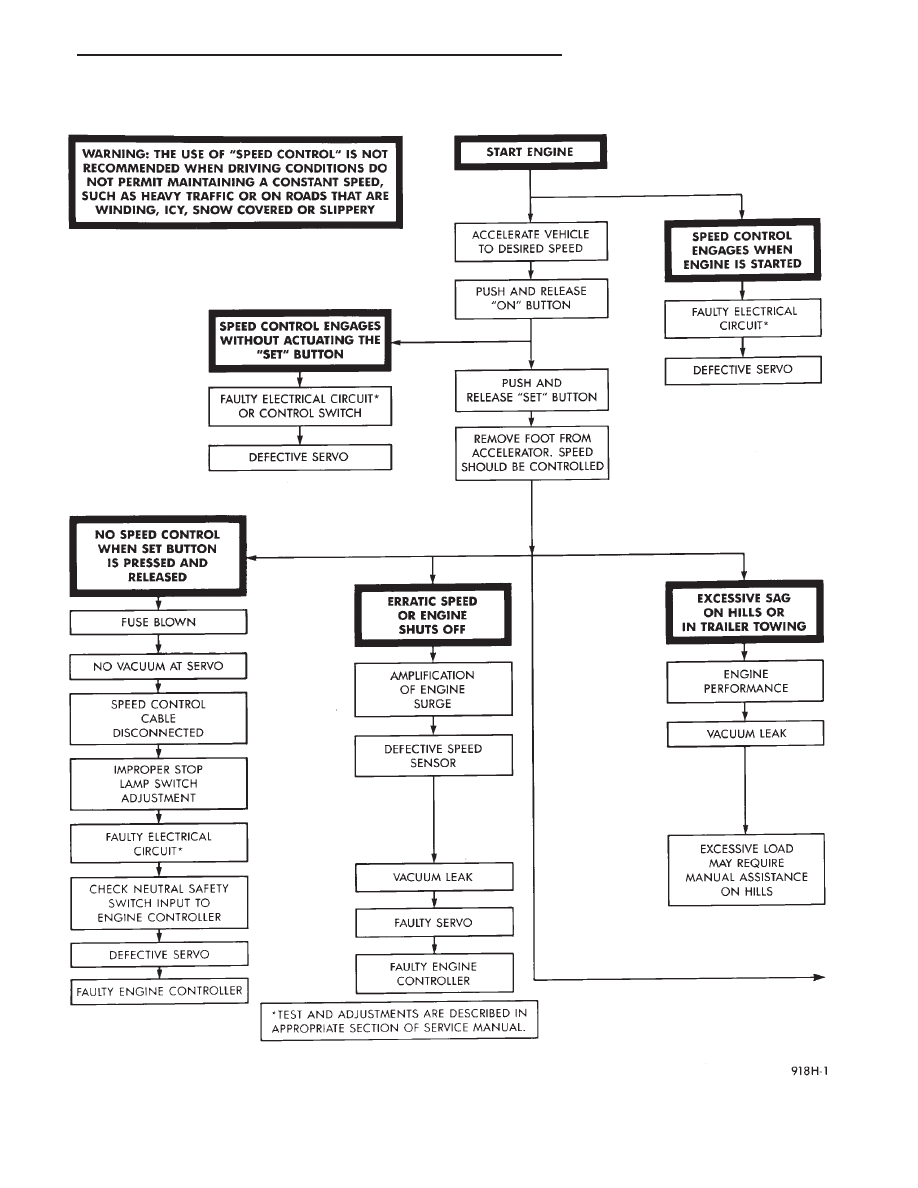Chrysler Town & Country/Voyager, Dodge Caravan, Plymouth Voyager. Manual - part 217

SYSTEM DIAGNOSIS
.
SPEED CONTROL SYSTEM
8H - 3
Index Chrysler Chrysler Town & Country/Voyager, Dodge Caravan, Plymouth Voyager - service repair manual 1992 year
|
|
|

SYSTEM DIAGNOSIS . SPEED CONTROL SYSTEM 8H - 3 |